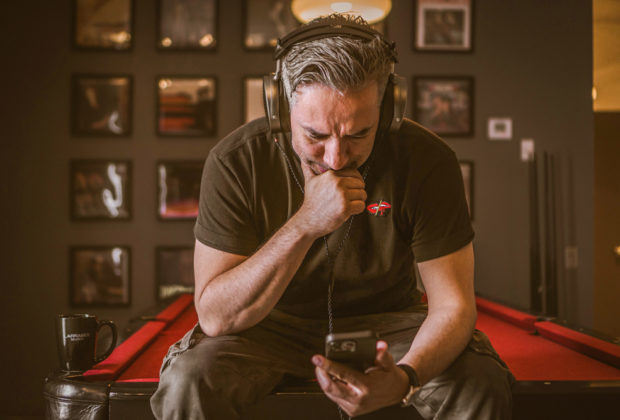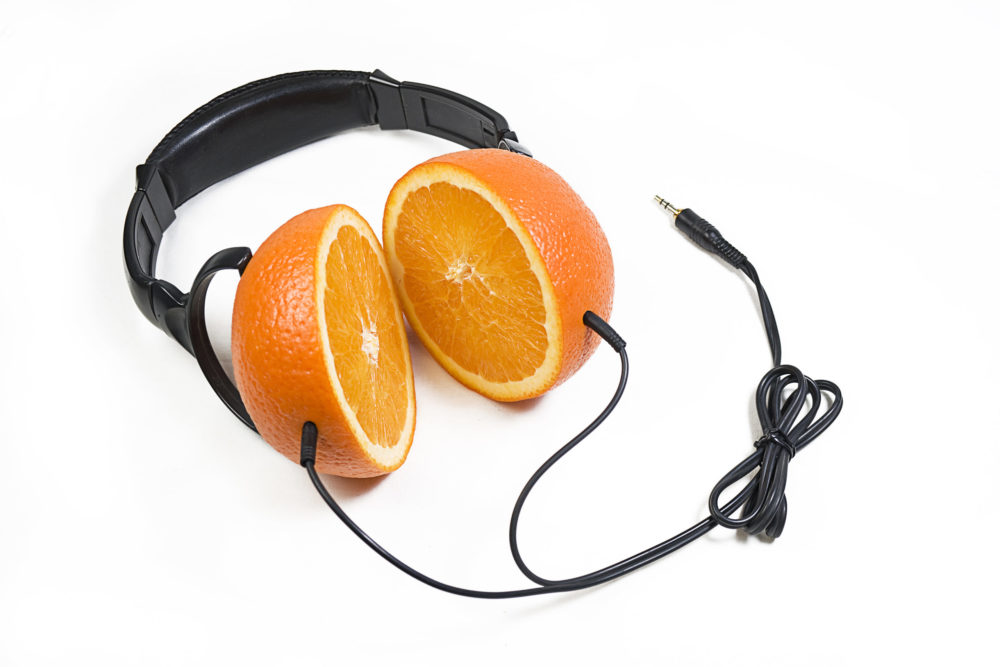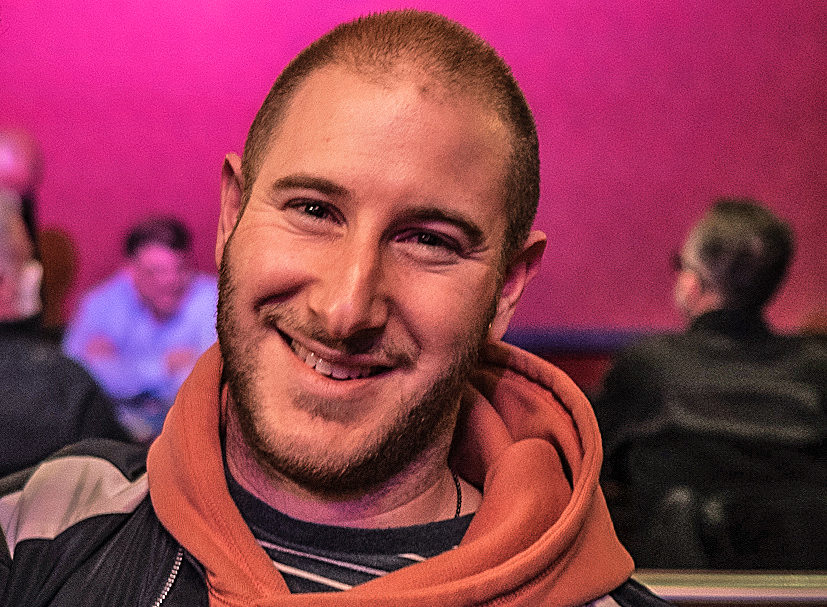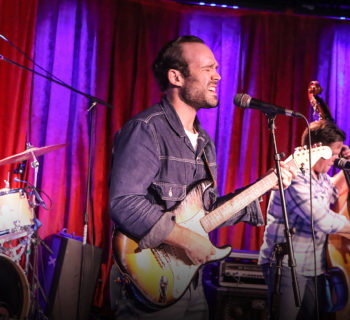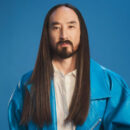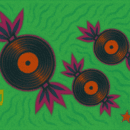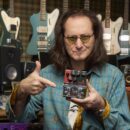Originally from Guatemala, mix engineer and 11-time Grammy-winner Manny Marroquin fell in love with music when he discovered the drums as a child. Later he attended L.A.’s Alexander Hamilton High School where he logged countless hours in the school’s studio. Rather than attend college, Marroquin spent a few months in an engineering program and landed a runner gig at Enterprise Studios. His break came when a producer asked him to do a rough mix of some tracks, was suitably impressed and invited Marroquin to mix the entire record. Since that pivotal day, he’s worked with artists such as Kanye West, Phoenix, Alicia Keys and a swath of others.
Like any good mixer, Marroquin knows when and how to massage a track. But over the years he’s learned something of equal importance and perhaps more nuanced: when to do little or nothing. “That’s the million-dollar question,” he asserts, “and it’s what makes [mixers] unique: knowing when to do something and knowing when to leave [a track] alone. Some people express themselves through frequencies. That’s mostly instinctual and I don’t think it can be taught. It’s almost like teaching someone good taste. You can show that to people, but it’s got to come from within. That’s a combination of thousands of key points you’ve learned since the moment you were born.”
It’s common for records to have multiple producers and just as many mixers. Marroquin views that as a choice that depends in large part on the genre and artist. “We just finished the record for Paramore,” he explains. “That band needs one consistent sound because it’s an album with one producer. But then you get another band or genre and they may have several. If there’s only one producer, nine times out of ten it’ll be the same mixer. So, it depends a lot on who the producer is. In today’s world, we don’t necessarily listen to albums as much as we used to, so it becomes less important to have [only] one mixer.”
Plugin-maker Waves approached Marroquin to create the Manny Marroquin Signature Series bundle. “When I signed on to do it, they wanted something that was slightly different and easy to use,” he recalls. “My EQ is a four-band and I believe there are 14 different frequencies overall. Each one is based on a piece of gear in my room and is modeled to mirror it. For example, my 25k could be an Avalon EQ, 125 hertz could be my Neve and 800 could be my API. So, it’s a super EQ with all of the gear but also the frequencies I tend to go to.”
Another manufacturer that sought collaboration with him was Audeze. Marroquin is Audeze’s Head of Professional Products and together they've developed his MM-Series of headphones. "They're the best headphone company out there, period," he observes. "When I first heard them, I thought they were the best headphones I've ever heard.”
Recently Marroquin completed work with Paramore, the 1975, Phoenix and Kendrick Lamar. In fact, the day Music Connection spoke with him, he’d just begun the mix on DJ Khaled’s latest record. He remains in close contact with David Sears, his high school mentor, who’s now Vice President, Education for GRAMMY in the Schools. Indeed, they often sit on panels together. Marroquin works almost exclusively at North Hollywood’s Larrabee Studios, his seven-room workspace, which he acquired in 2008.
See mannymarroquin.com,
Instagram @mannymarroquin,
Twitter @MMMixes

